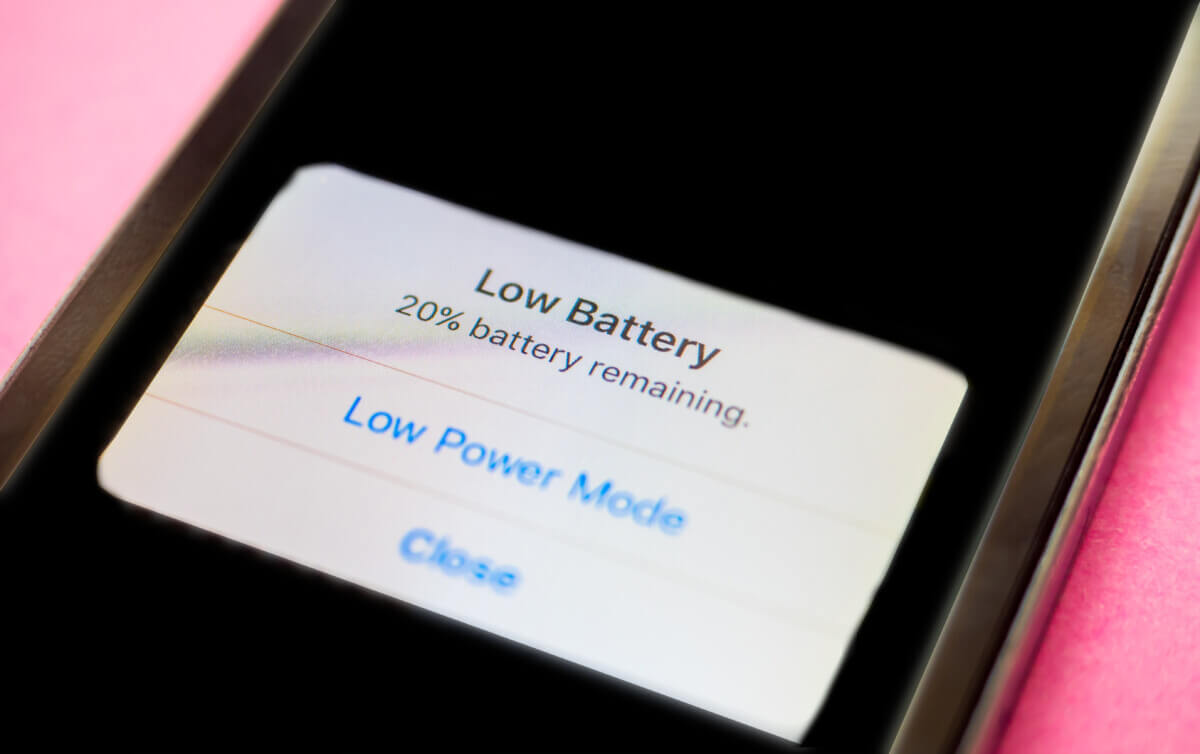(© Rajko – stock.adobe.com)
NEW YORK — Most of us have felt that moment of unease when we glance at our phone and notice the battery life dwindling. A fresh survey has pinpointed exactly when this worry kicks in for Americans—and it’s much earlier than you might expect.
According to new research by Talker Research, Americans typically start to worry about their phone’s battery when it hits 38%—what researchers are calling America’s “panic percentage.” This threshold arrives long before most phones display any warning signs, with iPhone batteries only turning red when they drop below 20%.
The nationwide study of 2,000 Americans revealed striking differences in how various demographics handle the dreaded low-battery situation. While the average person starts fretting at 38%, a more laid-back third of Americans (34%) stay calm until their battery dips below 20%. Even more surprising, about one in eight people (13%) remain unfazed until their phone battery plummets below 10%—truly living on the edge of digital connectivity.
On the flip side, a quarter of Americans (24%) begin worrying before their phone even drops to half power. For these individuals, seeing that battery icon tick below 50% is enough to trigger an active search for the nearest outlet.

Age plays a key role in battery anxiety levels. The research uncovered a clear pattern showing younger people growing concerned at higher battery levels than their older counterparts.
Generation Z respondents reported the earliest onset of charging anxiety, beginning to worry when their batteries hit 44%. Millennials followed closely, starting to fret at around 43% battery life. Generation X proved more relaxed, typically holding out until 38% before concern sets in.
Baby Boomers emerged as the most composed when facing a diminishing phone battery. On average, they wait until their phones reach 34% before they start looking for a charging solution. This generational gap hints at differing relationships with technology and connectivity across age groups.
The survey also looked at how people monitor their battery life, uncovering another split in user habits. Most Americans (61%) prefer seeing the exact numerical percentage displayed on their screens, suggesting they want precise information about their remaining power. Meanwhile, a significant minority (39%) rely solely on the visual battery bar to gauge their power status—a method that offers a general sense without the exact numbers.
The survey adds yet another exclamation point to our growing psychological attachment to our devices. For many people, particularly younger users, the relationship with phones goes beyond practicality. The fear of being disconnected or missing out drives anxiety levels up even when batteries have plenty of life left.
Manufacturers and app developers might take note of these findings as they design battery indicators and power management features. Understanding when users begin to worry could inform how warnings are communicated and when power-saving modes might most effectively kick in.
The findings could also guide businesses in strategic placement of charging stations, particularly in venues frequented by younger customers who experience battery anxiety earlier.
Methodology: Talker Research surveyed 2,000 general population Americans with 1,000 men and 1,000 women. The survey was administered and conducted online by Talker Research between Friday, Jan. 31 and Monday, Feb. 3, 2025.

